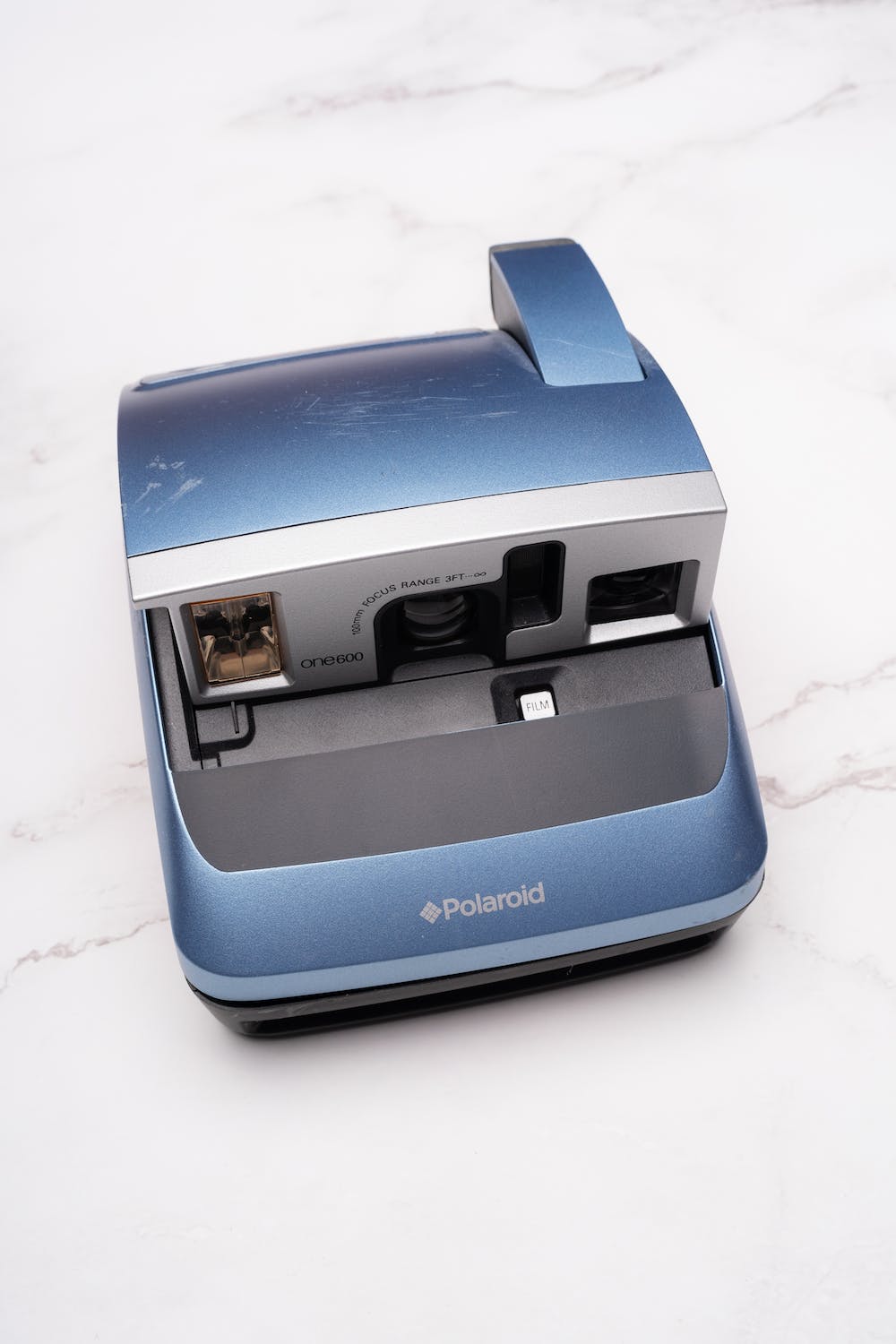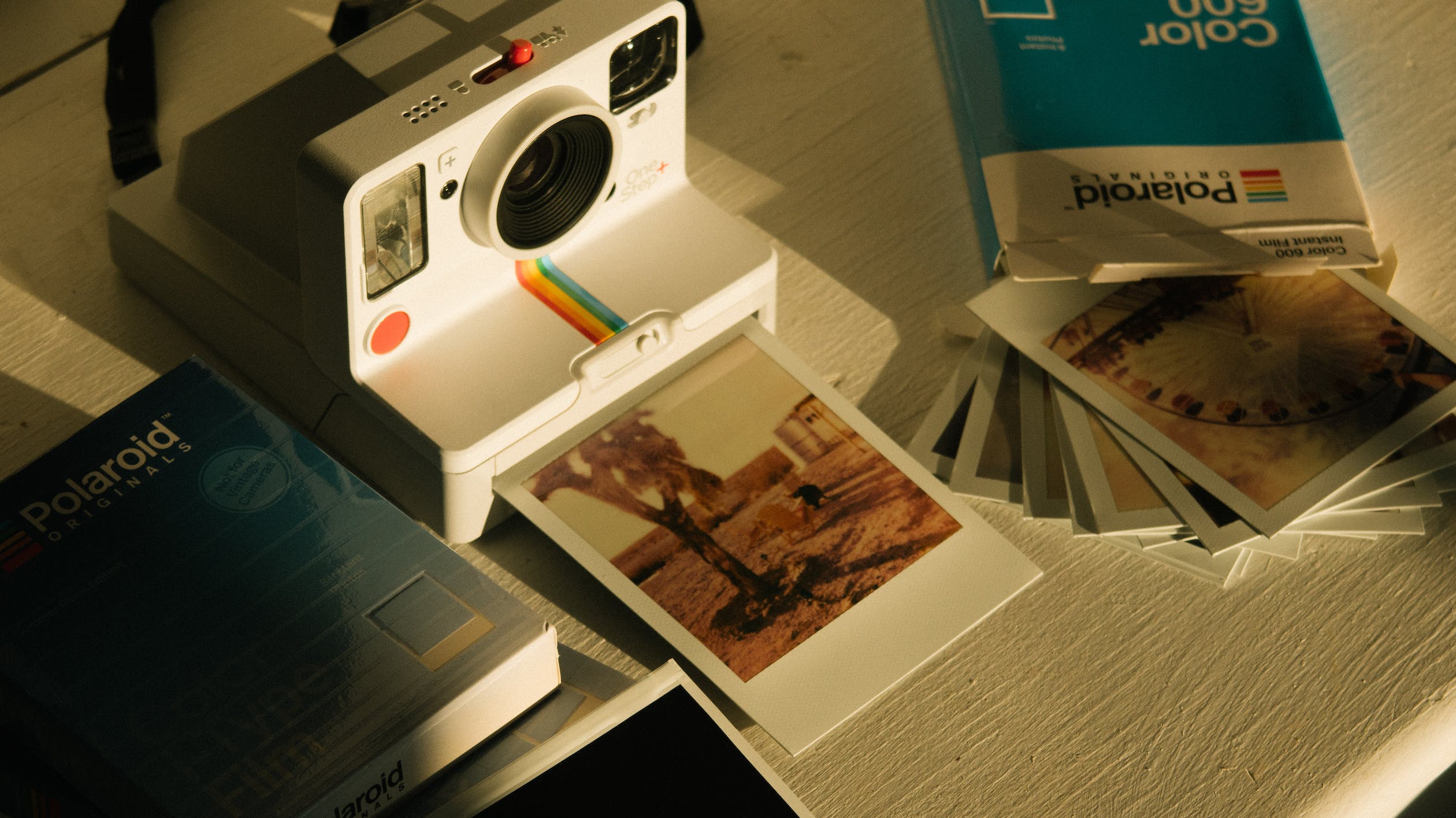Instant Photography
Instant photography has a certain charm that digital photography cannot replicate. The ability to capture a moment and have it develop right before your eyes is something truly magical.
One of the pioneers of instant photography was Polaroid, a company that revolutionized the world of photography with its unique film technology.
Polaroid film was invented by Edwin H. Land, who founded Polaroid Corporation in 1937. Land was a physicist who was fascinated by the interaction between light and matter.
Also a Scientist and inventor, Land was on holiday when he decided to snap a photograph of his three-year-old daughter. Land’s daughter asked why she couldn’t see the photo right away. Having a loss of words for the reason, Land set out to create a system that could accomplish the task. In 1948, the Polaroid Land Model 95 camera was born.
He was convinced that he could create a film that would develop instantly, without the need for a darkroom. After several years of experimentation, he finally succeeded in creating a film that would develop in just 60 seconds
How Polaroid Film Works
The basic principle behind Polaroid film is the chemical reaction that occurs when light strikes certain chemicals. Polaroid film is made up of three layers: the top layer is a transparent plastic cover sheet, the middle layer is the film emulsion, and the bottom layer is a developing agent. When light enters the camera and hits the film, it initiates a chemical reaction that starts the development process.
The film emulsion contains millions of tiny dye molecules that are suspended in a gelatine layer. When light strikes the film, it causes the dye molecules to become excited and move around in the gelatine. The developing agent in the bottom layer of the film then draws the dye molecules down into the layer, where they become trapped in a clear plastic layer that forms the final image.
The Magic of Instant Photography
What makes Polaroid film so unique is the way in which it develops. Unlike traditional film, which requires a darkroom and chemical processing, Polaroid film is designed to develop instantly.
When the image is captured, the developing agent in the film is activated and begins to spread through the layers. The process takes around 60 seconds, and the final image appears before your eyes.
The Polaroid camera plays a crucial role in the development process. The camera contains rollers that squeeze the developing agent across the film, spreading it evenly and creating a uniform image.
The Process of Magic
Integral instant color film sheets are composed of multiple color layers: the top is sensitive to blue light, the middle is sensitive to green light, and the bottom is sensitive to red light. When exposed to light, photons react with each layer to create a chemically based record. Each color layer also sits on top of a developer layer that contains dye couplers that attach to non-exposed areas of the image.
The layers mentioned above, known as the light sensitive layers, are then squeezed between a bottom black base layer and four additional top layers: the acid, timing, image, and reagent layers. The pure instant magic happens within the reagent level, which holds many different chemicals including blockers and neutralizers.
If you have ever held an instant photograph, you can feel a bump at the top of the image border. This bump is a collection of the used chemical after it has been spread across the film by the camera’s internal rollers. The collection of compounds, initially held separately in the thick lower portion of the film, is squeezed vertically across the picture.
When the reagent layer is pushed across the film, the light blockers protect any additional photons from hitting the color sensitive layers. Other chemicals in the reagent layer then move downward through the layers to develop the image. The image layer showcases the final result of the photograph as the unexposed areas of the color layers are diffused upwards.
The remaining two layers on top of the picture layer are also working hard while the photo itself is developing. The acid layer reacts with the reagent layer to dissolve the opacifiers that previously protect the film from additional exposure. A timing layer that sits between the acid layer prevents the acid from working too quickly.
This magical process of chemical reactions occurs in only a few minutes, and before you know it, the fully developed photograph is fully exposed and protected by a piece of clear top plastic. A common misnomer is that when you watch the image turn from ghostly white into a full blown image, you are watching the photograph develop. In fact, the picture has already been developed and you are actually watching the film’s acid layer remove the white opacifiers.
Allure of Instant Cameras
It’s so much fun, and you get to see the result in an instant! This was unheard of when photography was first invented – as prints could take weeks to be developed and the process of getting your photograph into a frame was a long one.
On film cameras, you wouldn’t be able to see your photograph instantly like we now can with digital cameras or smart phones. You would look through the viewfinder, trust that the settings were correct, and press the trigger – hoping for the best. You wouldn’t see your developed images until your prints were processed and back from the darkroom.
Instant cameras are easy to use. They are simple to operate and often have few capabilities, making them ideal for anyone who seeks a quick and easy way to snap images. They generate physical prints, which make them a great talking point with friends and family with whom you can share the prints.
Instant cameras are an affordable way to capture memories. They’re perfect for special occasions, and watching the photos come alive is a magical process. You can find instant cameras in various colors and designs, making them easy to personalize.





